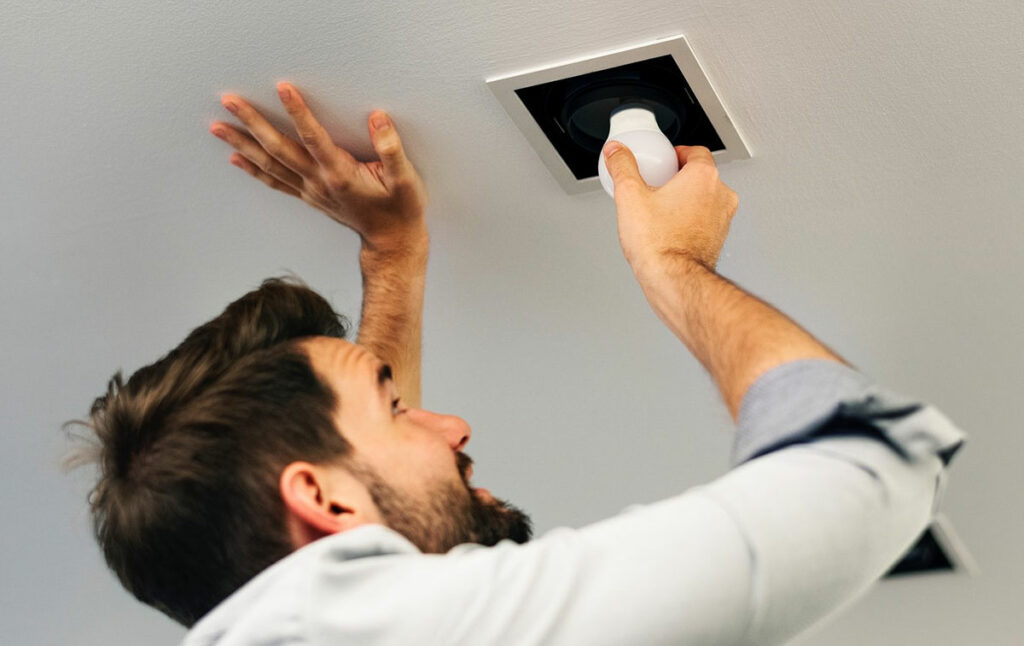The carbon footprint of your home is largely determined by the type of electricity you use. By virtue of South Africa’s dirty coal burning power stations your household’s footprint is significant, so as you start the new year consider which of these steps you’d like to take first.
Better insulation
Using electric heaters or air conditioning to increase the comfort level of your home are just two of the reasons you burn through more electricity in the cold and hot months. If you consider that significant proportions of the heat in the home is gained or lost through ineffective ceiling insulation, improving it can save you hundreds of hard-earned Rands each year.
After an insulated ceiling, a draught-proof home is the second step so make sure your windows and doors seal well. But, along with increasing the air tightness of your home, know that the internal air quality will begin to matter more. This quality can be compromised by poor material choices on furniture and carpeting which may emit VOCs that are toxic to breathe and have a direct impact on your family’s health.
Shine a little diode
When last did you check your kitchen or bathroom lights? Those are often the rooms where electricity-hungry halogens burn. Replace them with light-emitting diodes (LEDs) as they’re up to 90% more efficient and use electricity to the value of 12c per hour instead of halogen’s 75c. Sure, they are slightly more expensive to buy, but consider their lifespan: 12 years rather than the typical one year of their carbon-sink alternatives. And because LEDs are so efficient you will help reduce Eskom’s need to switch on diesel-fueled power stations at peak times on winter evenings.
If the lights are outside then get a motion sensor will switch them on and off again as required. If they’re inside, then adopting the habit of turning off a light when you leave the room is best
Power your home with sunlight
What renewable sources of energy do you use at home? When the industry was just starting out the start-up costs of solar power were far more considerable. Technological advancement and the increased demand ensures that the financial logic to ‘go solar’ just keep getting more sound. Start by taking a look at how much electricity you use for what, and then reduce the power requirement of those items. Heating water for bath time and the air in winter time are often the biggest culprits – so buy or rent a solar water geyser, get a geyser blanket, and as mentioned, tighten up your insulation. This will reveal your household’s real electricity demand, and from there do the sums around installing and using solar panels to generate the power you need.
Use water well
Water is life. There is no way we can do without it. And we can take a leaf from the habits of many Capetonians who have completely changed the way they use water. Collecting your rain water for irrigation is one easy way to start.
Reduce water use by using taps and shower heads with low-flow rates. These taps aren’t designed to slow your flow to an annoying drip, but rather – through better design – they allow a greater proportion of the water to be used to wash your hands or body, and less to flow directly down the drain. Upgrading the quality of your washing machine and dishwasher helps too.
Use companies that specialise in sustainable home solutions
Consider the power of your cash to grow a sustainable value chain, don’t just buy sustainable products but source from companies that support the low-carbon future we all need. The GBCSA website lists manufacturers and installers who will take your investment and plough it into better even better products and practices. Search our database for GBCSA-linked suppliers to help you lighten your carbon footprint at home.



